Stars Show Signs of Potential Havens for Advanced Extraterrestrial Life
Questions about the great unknowns of space have left many to believe that there are other lifeforms out there waiting to be discovered. While we might not be able to visit these planets, a team of researchers may have found life in the stars.
The team, based in Sweden, India, the US, and the UK, has devised a way to search for complex extraterrestrial megastructures that could point to advanced alien life.
Looking for Dyson Spheres
In a report by Science Alert, these extraterrestrial megastructures, known as Dyson spheres, are hypothetical engineering projects that only highly advanced civilizations can build.
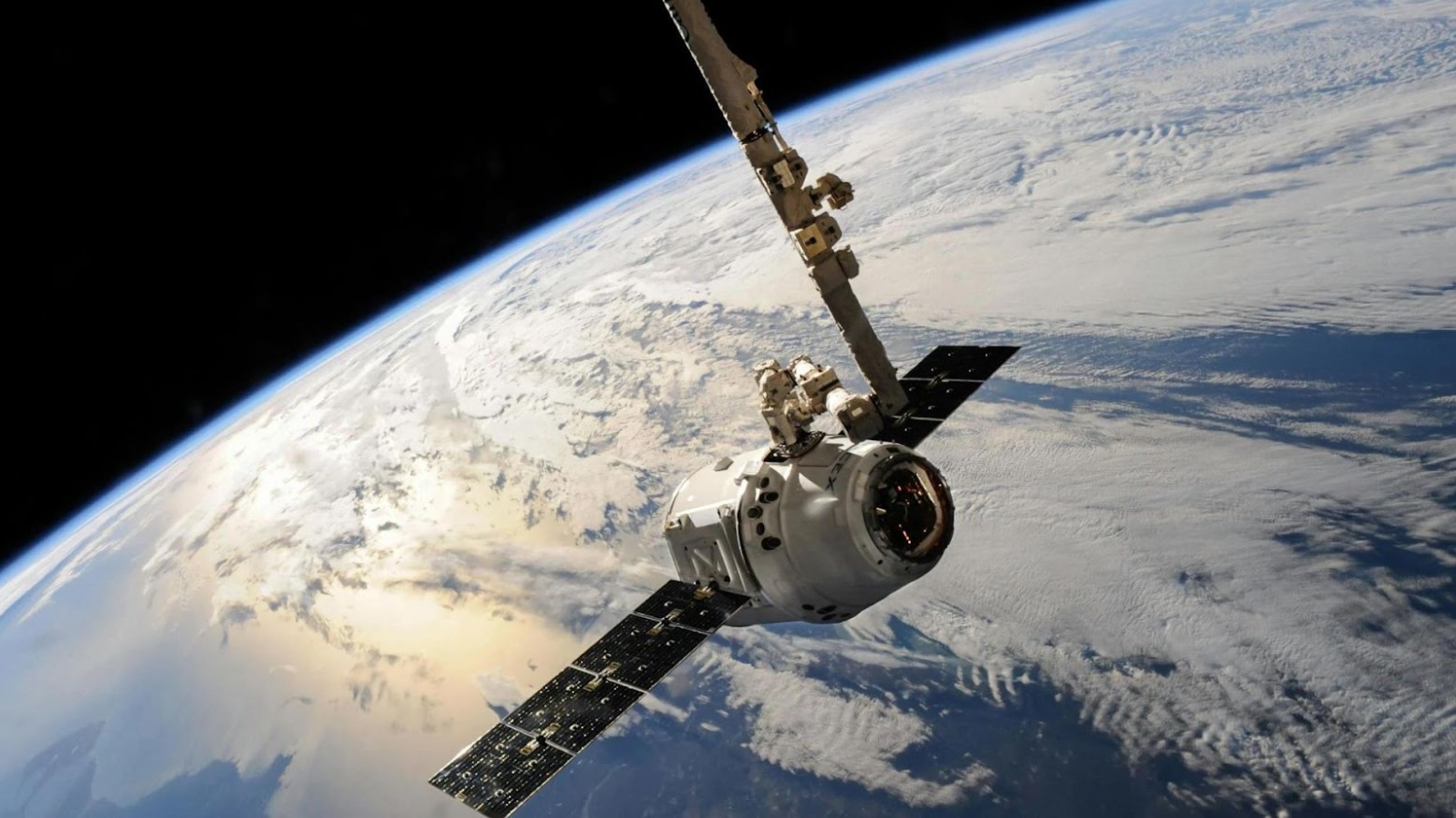
Source: SpaceX/Pexels
These Dyson spheres would allow a civilization to harness all of a star’s energy. The Earth does not have a megastructure around it since the planet is not a star nor does it capture the Sun’s energy output.
The Origin of Dyson Spheres
The prospect of these types of constructions existing in space was proposed by physicist and astronomer Freeman J. Dyson in 1960.

Source: Wikimedia Commons
Dyson believed that these Dyson spheres, which were solar-system-sized shells, consisted of a “swarm of objects” traveling on independent orbits around a star similar to our sun.
Spotting a Dyson Spheres in Space
A team of scientists created “Project Hephaestus” to find Dyson spheres or their technosignatures and publish their results in the Monthly Notices of the Royal Academy of Sciences.

Source: Freepik
Scientists believe that only civilizations capable of such a project are those who measure Level II on the Kardashev scale.
Pulling the Data
The team first analyzed the data gathered by the European Space Agency’s Gaia map of stars, the 2MASS infrared astronomical survey, and NASA’s WISE infrared astronomy space telescope.

Source: SpaceX/Unsplash
Using this information, the team determined the radiation emitted from the spheres through the infrared data.
Researchers believe We Could Spot a Dyson Sphere
The team believes that if Dyson spheres did exist, they would be able to spot them through existing technology today.
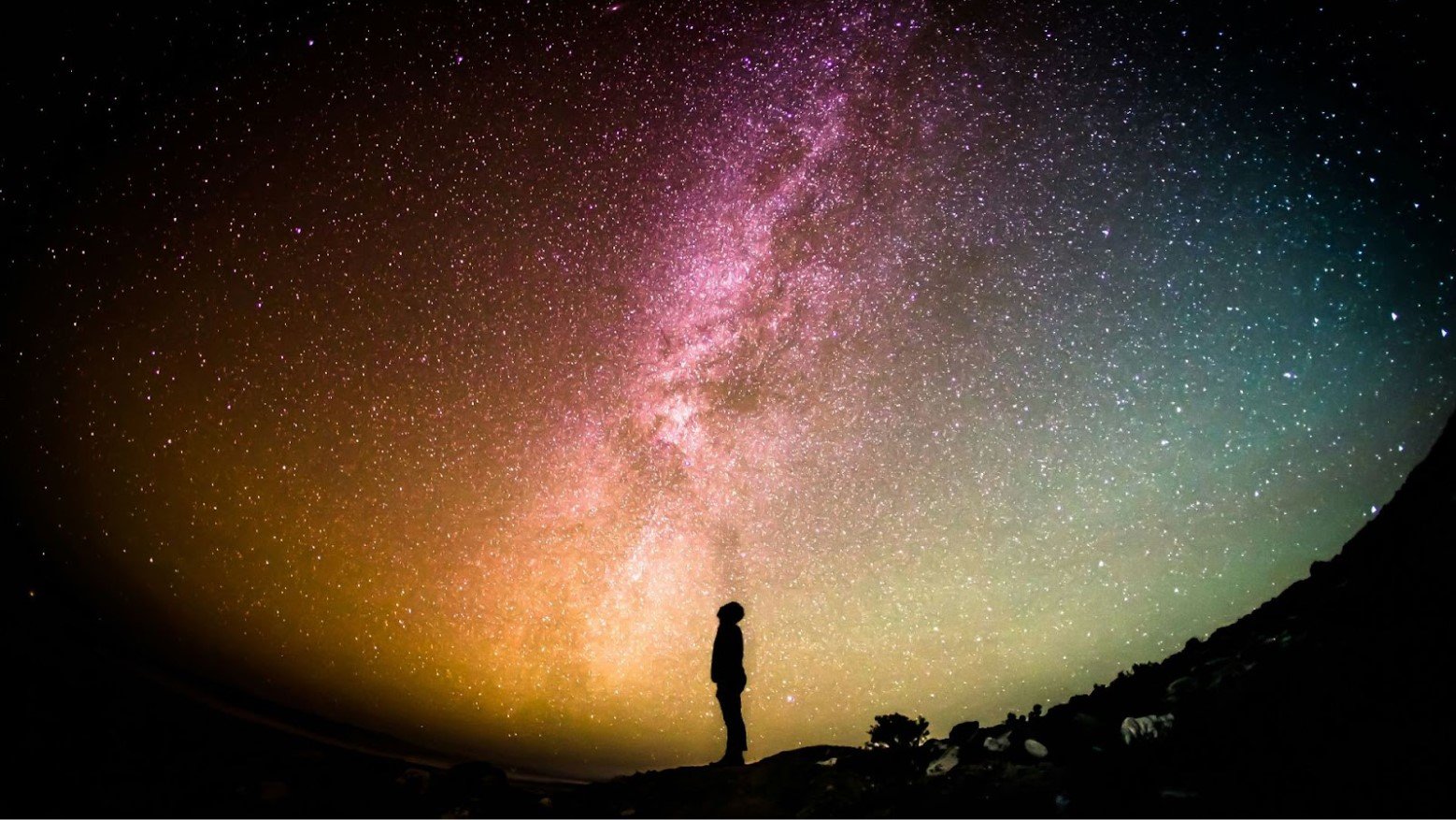
Source: Greg Rakozy/Unsplash
“Starlight harvesting could, in principle, result in different observational signatures that may be detected using existing telescopes,” the researchers wrote in the paper. “These signatures include optical dimming of the host star due to direct obscuration, and waste-heat emission from the absorbing structure.
The Structure Depends on Temperature
“This structure would emit waste heat in the form of mid-infrared radiation that, in addition to the level of completion of the structure, would depend on its effective temperature,” Matias Suazo, of Sweden’s Uppsala University explained.

Source: Wikimedia Commons
Suzao continued: “A specialized pipeline has been developed to identify potential Dyson sphere candidates focusing on detecting sources that display anomalous infrared excesses that cannot be attributed to any known natural source of such radiation.”
The Issues Behind Finding a Dyson Sphere
Plenty of issues come from trying to pinpoint which objects are possibly Dyson spheres and which are just emitting infrared radiation.
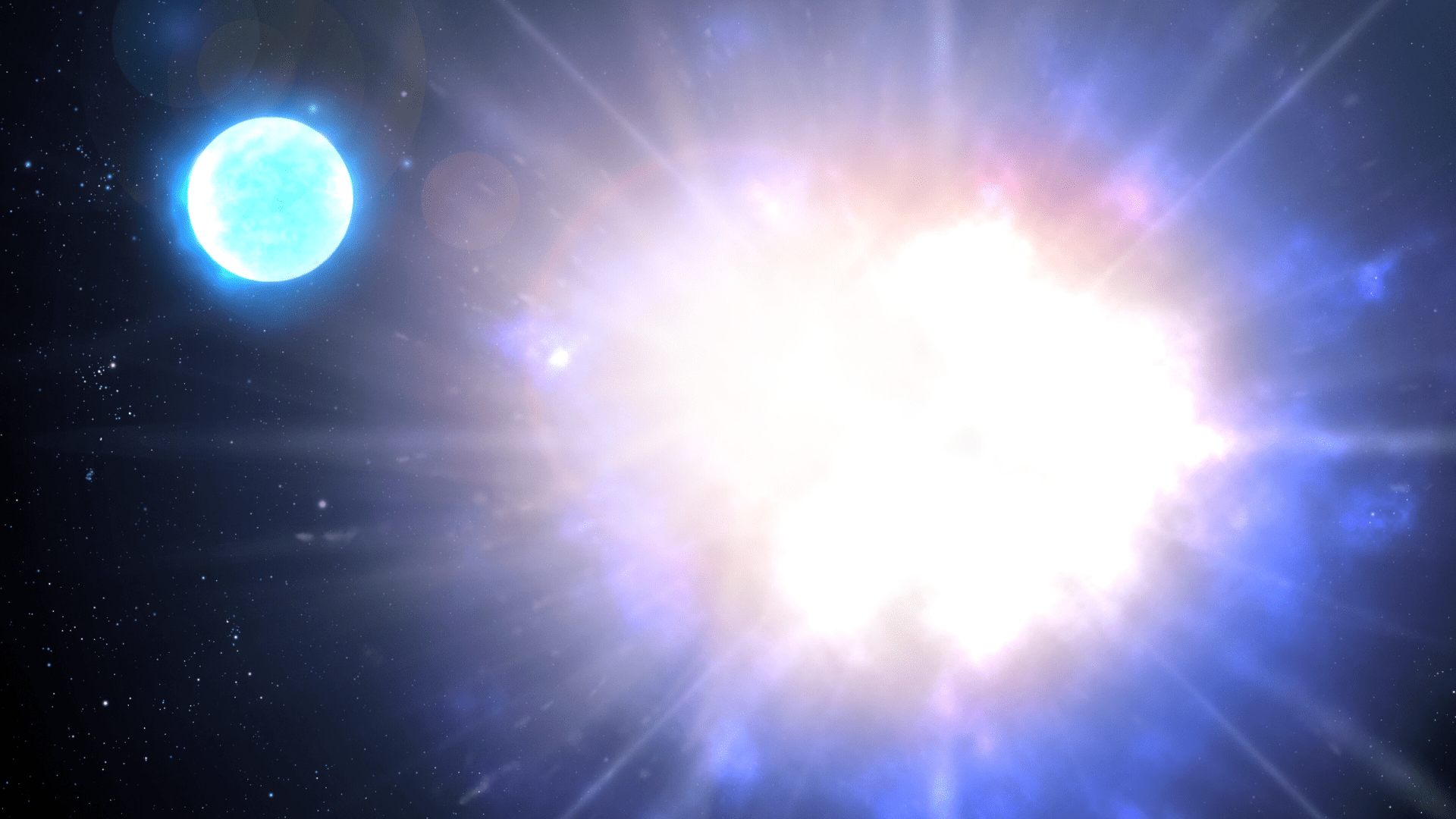
Source: NOIRLab, M. Zamani/Wikimedia Commons
Nebulae and background galaxies are naturally occurring objects that could clog up the team’s research as they hunt for Dyson spheres (via Universe Today).
Scientists Spot Possible Dyson Spheres
The team believes that they have identified seven of these Dyson spheres in the cosmos after filtering through millions of potential space objects.
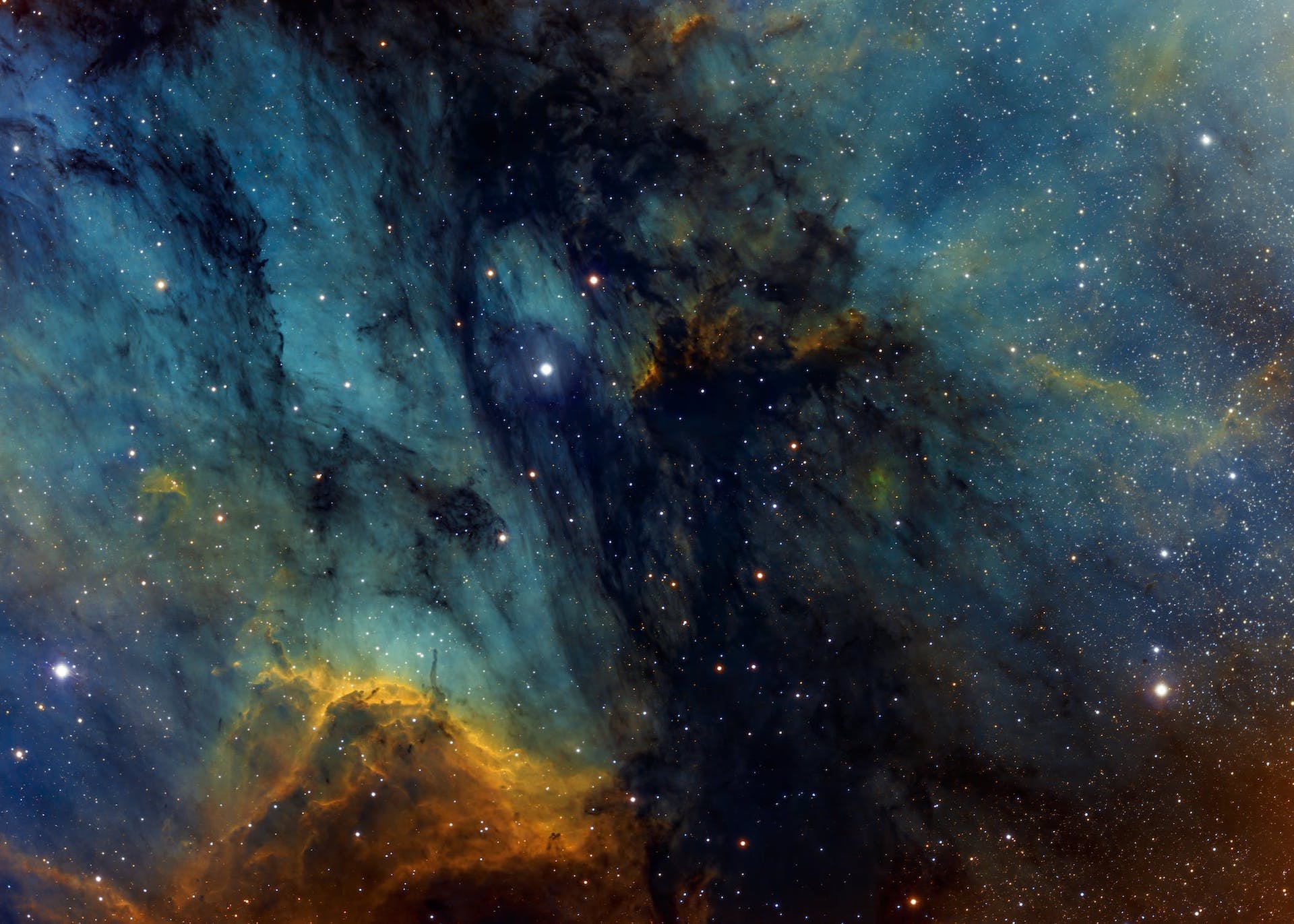
Source: Robert Gruszecki/Pexels
However, researchers will need to investigate these objects further to determine whether advanced life formed them or if they are just a phenomenon created by something else.
The Data Behind the Discovery
The researchers said, “We developed this pipeline to identify potential Dyson sphere candidates by focusing on detecting sources that display anomalous infrared excesses that cannot be attributed to any known natural source of such radiation.”

Source: Wikimedia
So far, astronomers have found signs that seven different stars in our galaxy may be contained within Dyson spheres.
Seven Potential Alien Megastructures Might Exist
“After analyzing the optical/NIR/MIR photometry of [around 5 million] sources, we found seven apparent M dwarfs exhibiting an infrared excess of unclear nature that is compatible with our [Dyson sphere] model,” the researchers wrote in the paper.
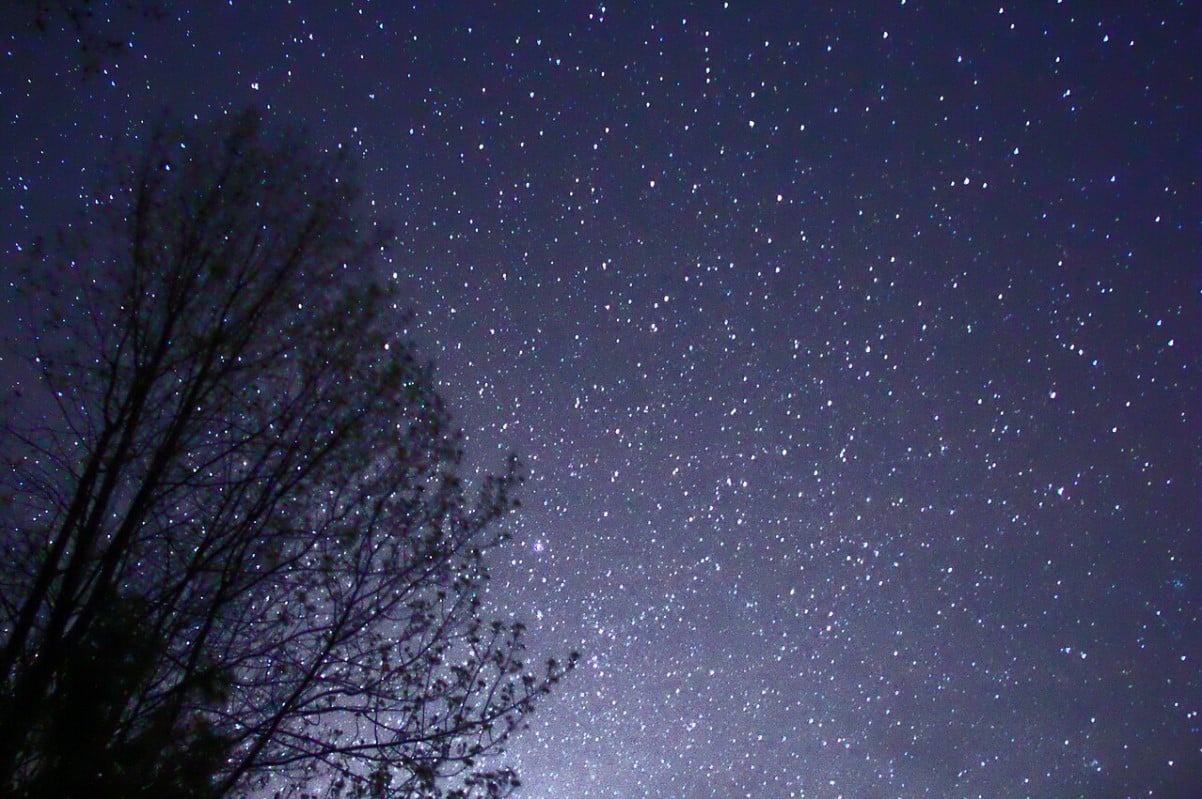
Source: Wikimedia
The light from these stars showed a strange spike in infrared wavelengths, which researchers associated with the potential existence of the alien megastructures.
Team Needs To Conduct Further Research
Currently, researchers have called these seven potential candidates “clear mid-infrared emitters with no clear contaminators or signatures that indicate an obvious mid-infrared origin.”

Source: Freepik
The team is now trying to perform an optical spectroscopy to understand these seven candidates further.
The Size of the Possible Dyson Spheres
All seven stars highlighted by the study are M-dwarf stars—a class of main sequence stars that are smaller and dimmer than the Sun.
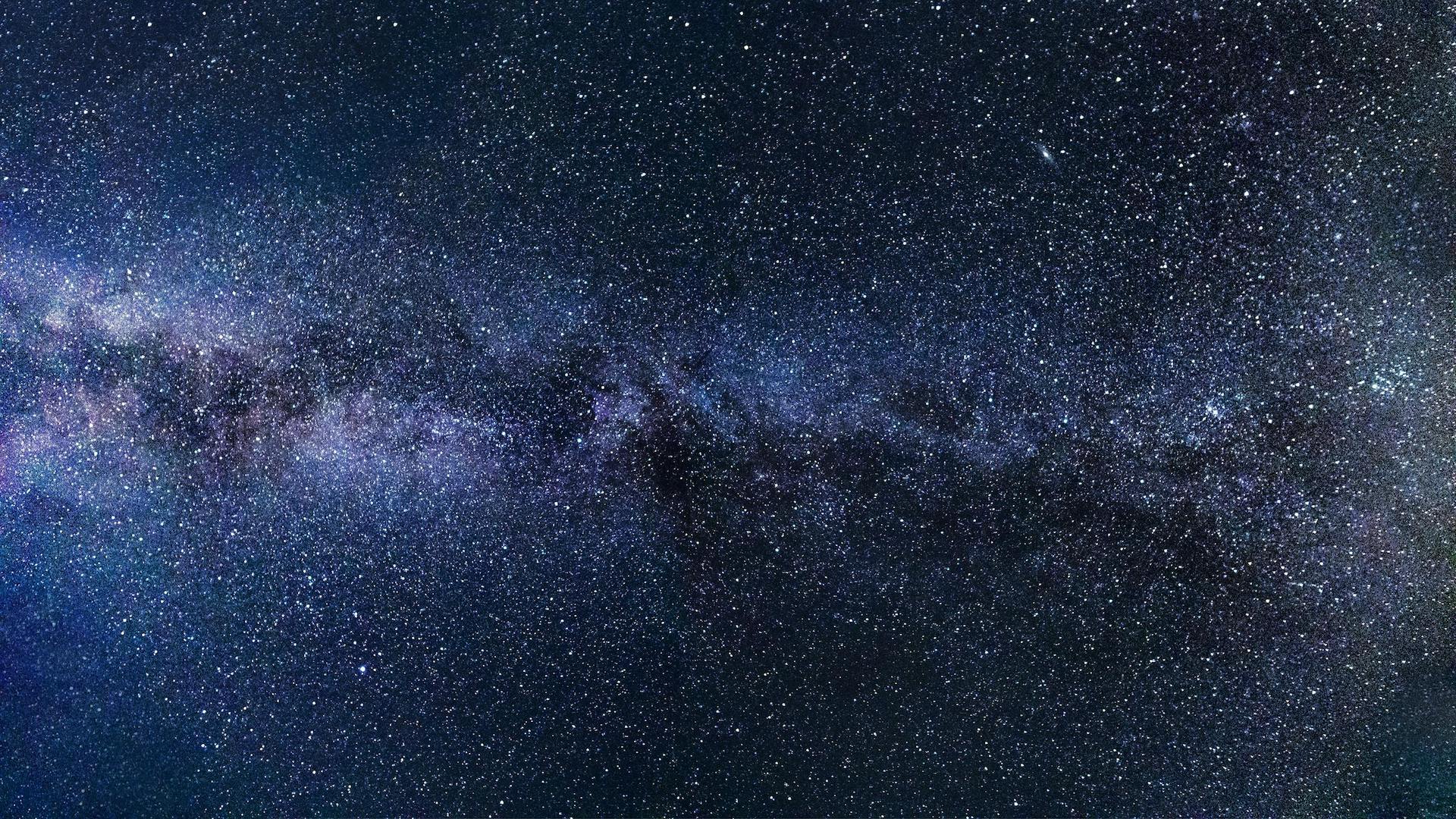
Source: Felix Mittermeier/Pexels
Each of these stars is located within 1,000 light-years of Earth, the researchers wrote in the study.
Another Study Suggests More Dyson Spheres
This isn’t the only study to identify potential Dyson spheres. A near-identical study on arXiv also analyzed around 5 million stars surveyed by Gaia, WISE, and 2MASS, and found 53 potential Dyson sphere candidates.

Source: Wikimedia Commons
However, it is unclear if both studies analyzed the same data set, and this study has not been peer-reviewed yet.
Possibly False Dyson Spheres
Both studies did account for factors that could produce false-positive Dyson spheres, such as nebulas surrounding stars.

Source: Freepik
However, it is impossible to rule out other explanations for the stark differences between the two studies’ results. Extreme debris risks—large clouds of rock and dust left behind by collisions between exoplanets—could create inconsistencies.
The Next Step
The next step for the researchers is to carry out a follow-up observation on the newly identified candidate stars using more powerful instruments.
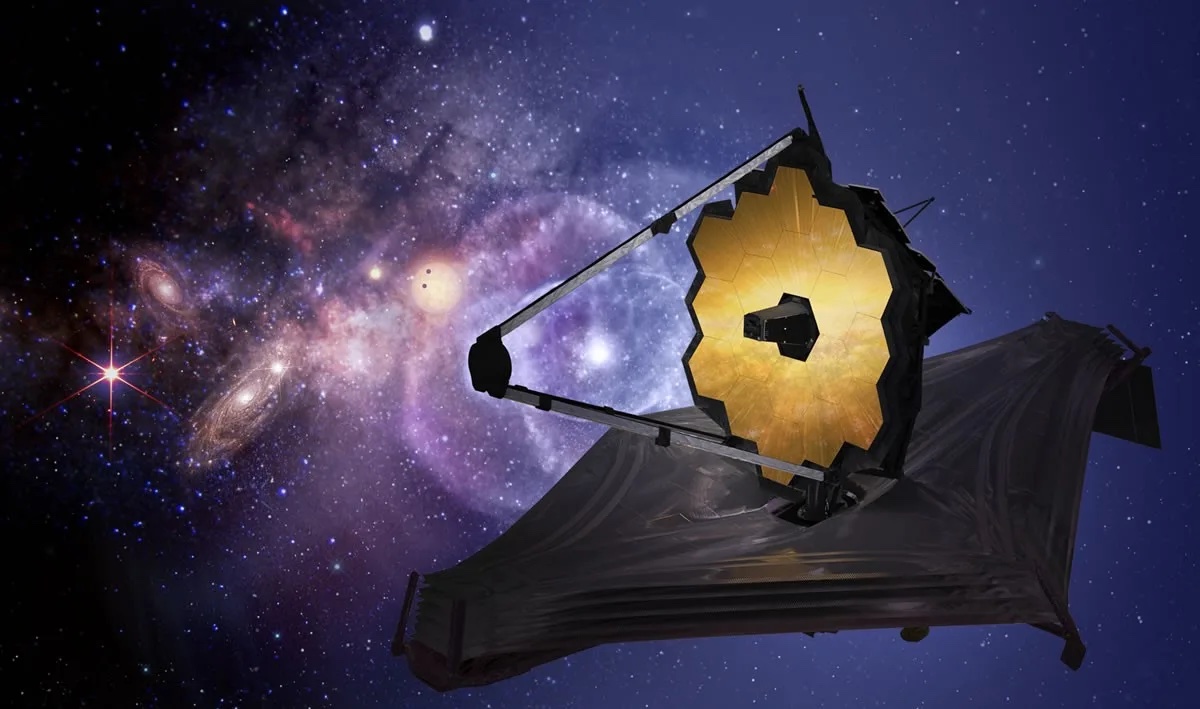
Source: NASA
One of these instruments is the James Webb Space Telescope, which will help create more accurate readings and search for other signs of intelligent extraterrestrial life in these systems.
The Possibility for Life
While it is unclear if there is anything in space, NASA and other researchers are looking. According to NASA, we only need to detect the telltale signs of life in an exoplanet’s atmosphere.
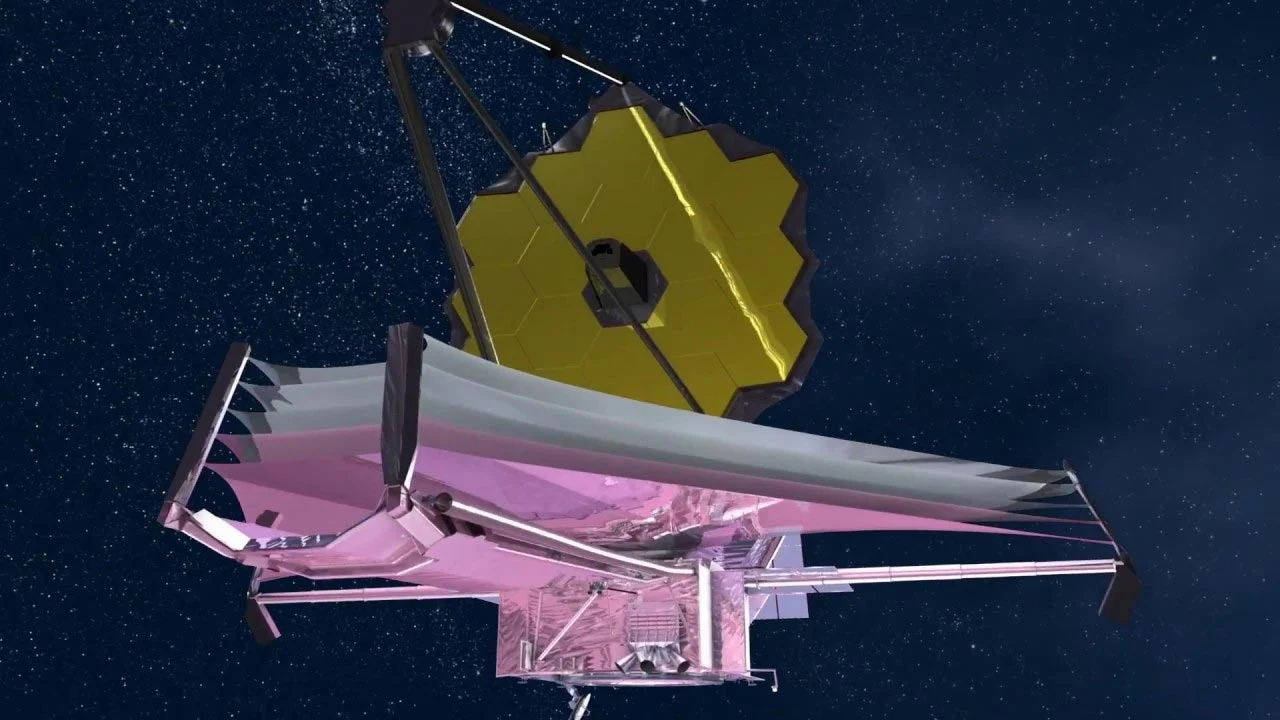
Source: NASA
Some of these signs can be picked up by the James Webb Space Telescope and other similar spacecraft.
The Signs of Life
The telltale signs of life on other planets include discovering an atmosphere like our own—oxygen, carbon dioxide, methane, and more.
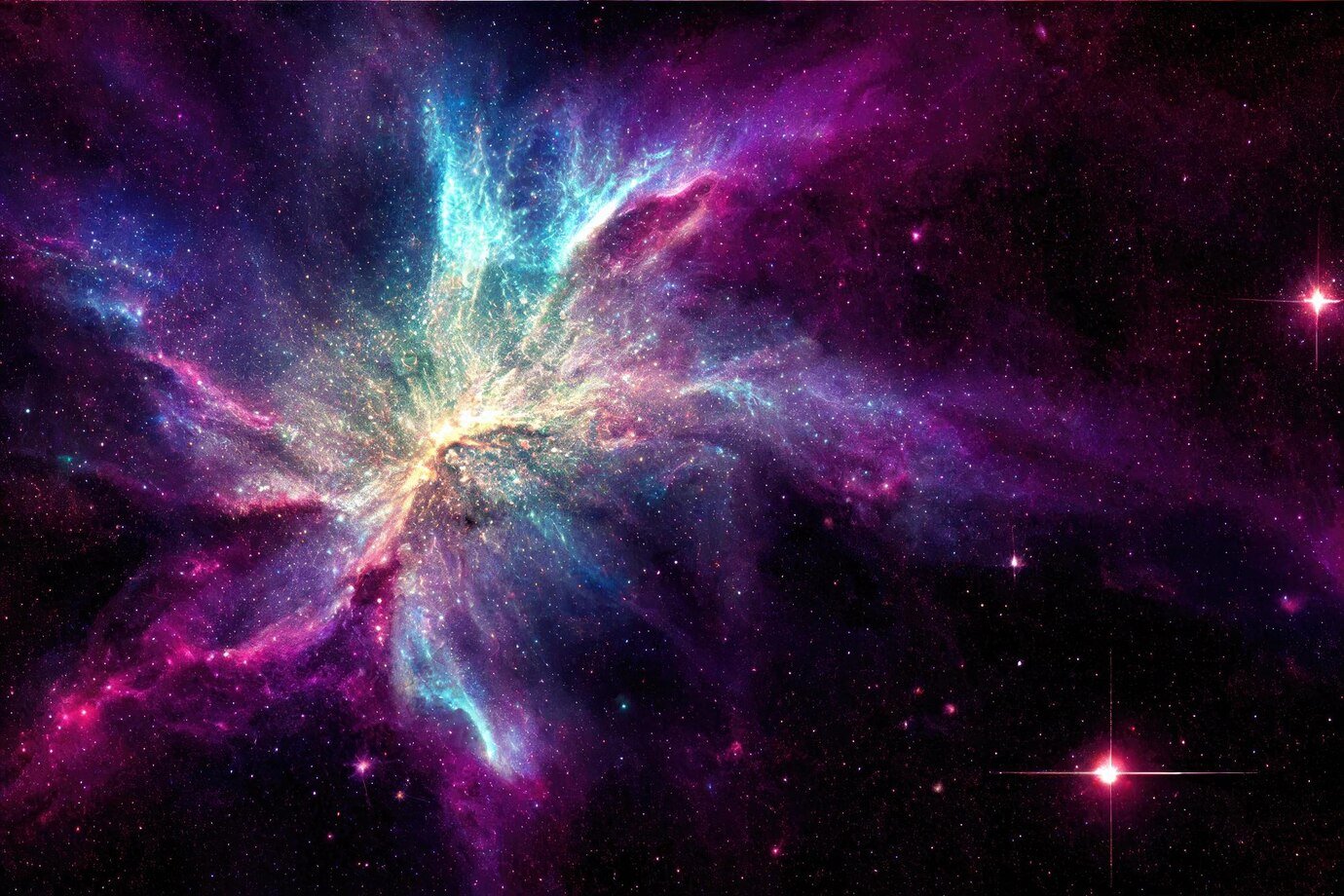
Source: Benzoix, Freepik
Future telescopes might even pick up signs of photosynthesis, which is the transformation of light into chemical energy by plants, or detect gases or molecules suggesting the presence of animal life.
Spotting Life in the Stars
More advanced life beyond Earth would be easier to spot because of the pollution it could create that would enter the atmosphere.
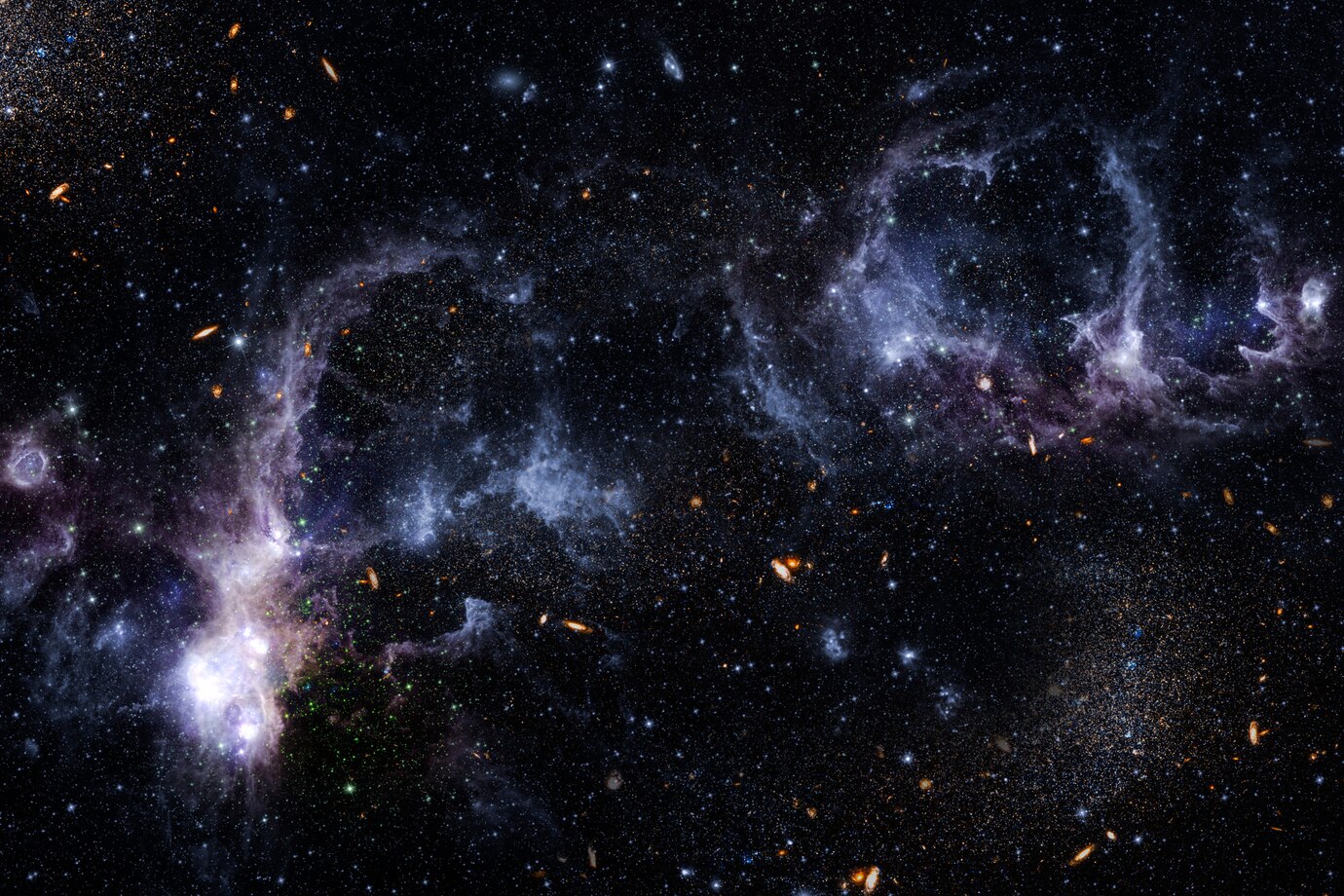
Source: Rawpixel.com, Freepik
NASA states that discovering life outside of Earth—which it estimates has a 95% chance of existing—would be a game changer for the rest of humanity’s existence.
A “Goldilocks” Planet
In 2023, a new study revealed that the James Webb Space Telescope may have found signs of extraterrestrial life in the atmosphere of a potentially ocean-covered “Goldilocks” world more than 100 light-years away.
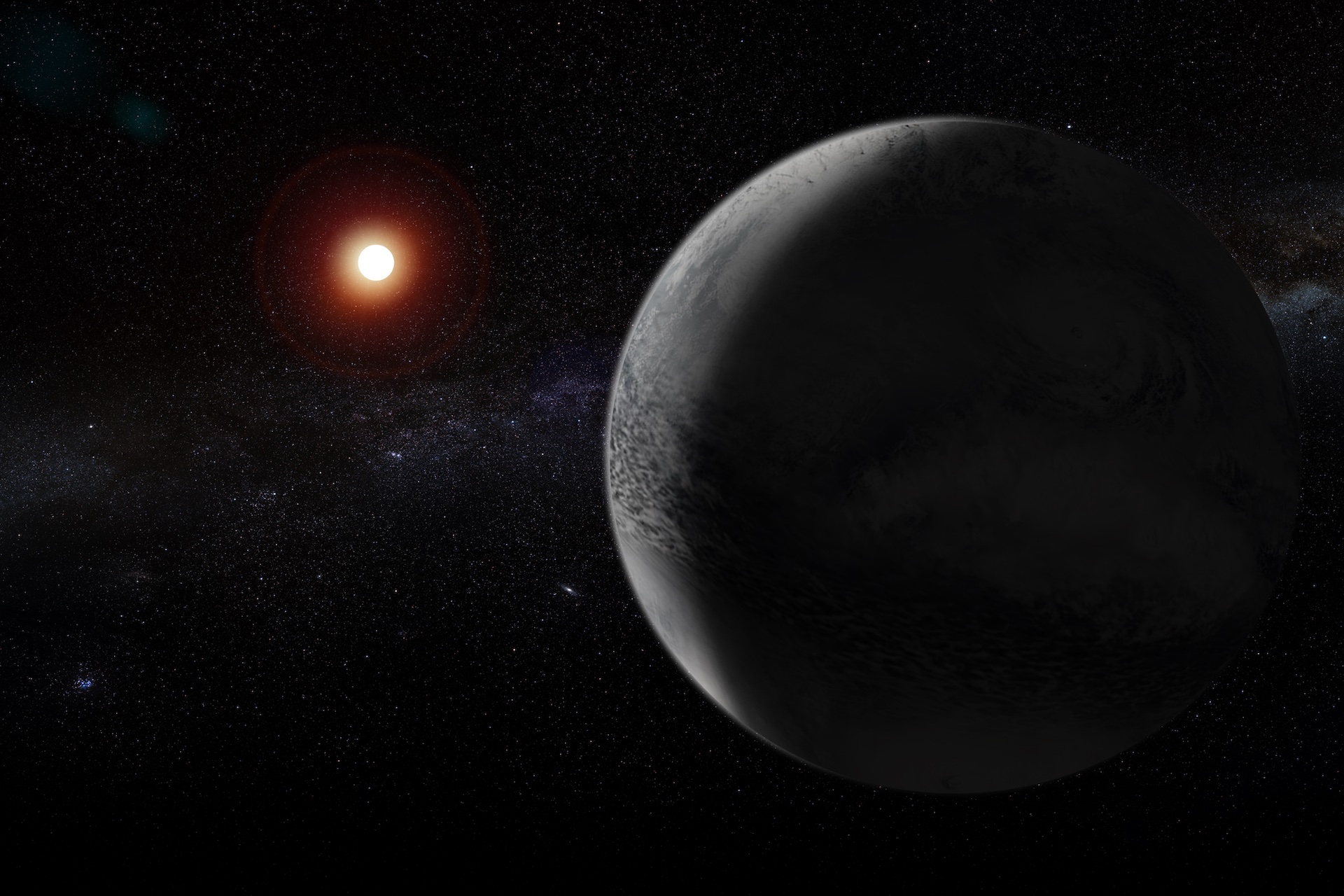
Source: Wikimedia Commons
The spacecraft picked up “alien farts” that came from the habitable zone around a red dwarf star, K2-18 b.
The Importance of K2-18 b
K2-18 b was first discovered by NASA’s Kepler telescope in 2015. In 2018, NASA’s Hubble telescope detected water in the exoplanet’s atmosphere.
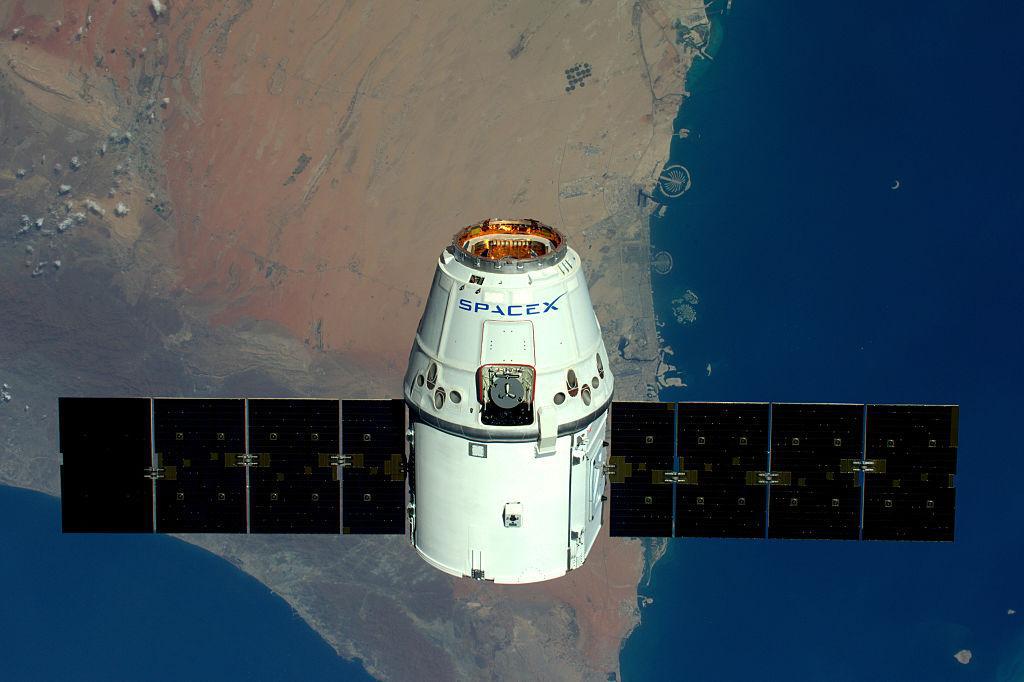
Source: Tim Peake / ESA/NASA via Getty Images
Researchers then used the James Webb Space Telescope to further analyze the light that had passed through K2-18 b’s atmosphere.
Life on Hycean Worlds
The resulting atmospheric spectrum shows that the exoplanet’s atmosphere contains large amounts of hydrogen, methane, and carbon dioxide, as well as low levels of ammonia.
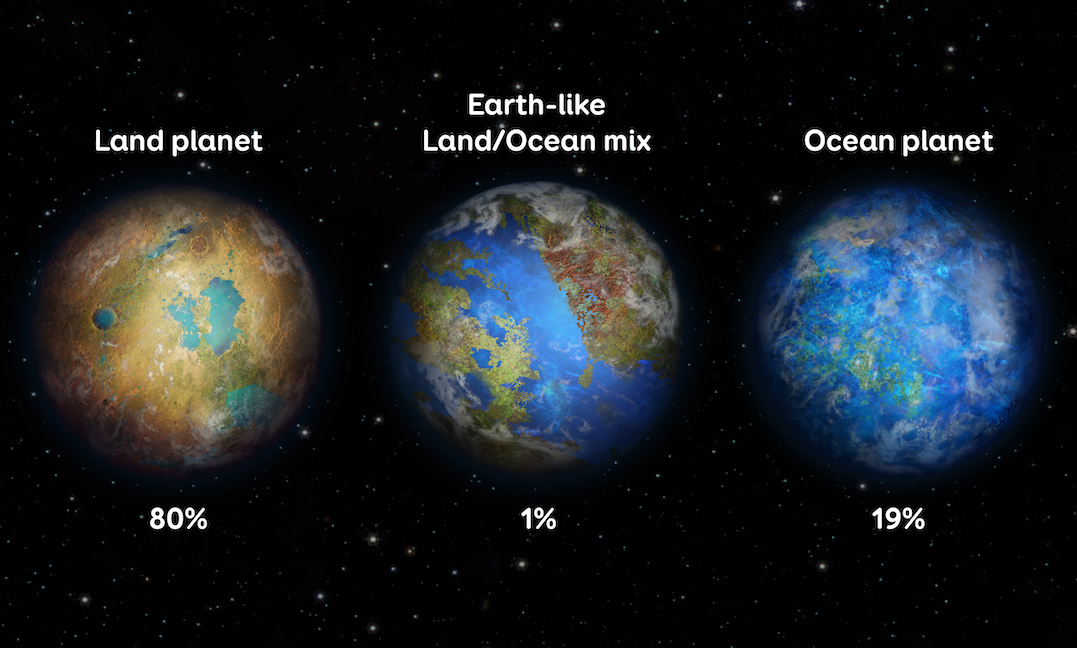
Source: Thibaut Roger
These chemical markers suggest that K2-18 b could be a hycean world, which means the planet has a hydrogen-rich atmosphere and a water ocean covering an icy mantle.
Why Hycean Worlds Could Have Life
Hycean worlds are prime candidates to harbor extraterrestrial life because they are similar in size to Earth and to gassy “mini-Neptunes,” two of the most common types of exoplanets in the galaxy.

Source: Matt Hardy/Unsplash
“It’s exciting that habitable conditions could exist on planets so different from Earth,” said Anjali Piette, a co-author of a study on hycean worlds, in a statement (via Live Science).
The Future of Life Beyond Earth
Regardless of whether K2-18 b can harbor alien lifeforms, the study highlights that hycean worlds may be ideal places to look for extraterrestrial life.

Source: NASA/Bill Ingalls/Wikimedia Commons
“Traditionally, the search for life on exoplanets has focused primarily on smaller rocky planets, but larger Hycean worlds are significantly more conducive to atmospheric observations,” said study lead author Nikku Madhusudhan, an astrophysicist and exoplanetary scientist at the University of Cambridge in England.
